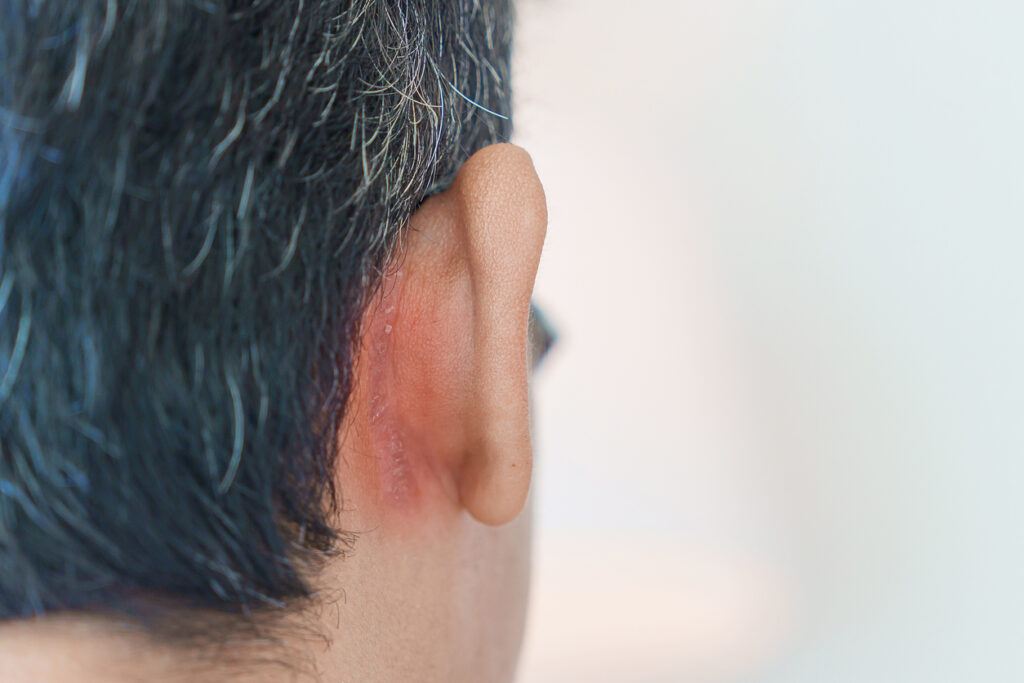Fully 4.38% of the global population may have seborrheic dermatitis, a number that is higher than the 0.29% estimate in the 2019 Global Burden of Disease study.
What’s more, there is variability in rates based on geography and sociodemographic information.
Study author Raj Chovatiya, MD, PhD, the Founder and Director of the Center for Medical Dermatology and Immunology Research in Chicago, updates viewers on the true role of Malassezia yeast in the pathophysiology of seborrheic dermatitis and explains how this new understanding is changing the way the condition is treated.
For the study, researchers culled medical literature for original investigations on seborrheic dermatitis prevalence. One hundred twenty-one studies, encompassing 1,260,163 people, were included in the final analysis, revealing a pooled global prevalence of 4.38%.
The study showed that adults were more likely to have seborrheic dermatitis than children or infants. The prevalence in adults was 5.64%. By contrast, children showed a lower prevalence of 3.70%, and neonates had a prevalence of 0.23%.
The highest prevalence of seborrheic dermatitis was seen in South Africa and the lowest in India, the study showed.
“These findings underscore the need for further research to better understand the global distribution of seborrheic dermatitis, its variations across diverse populations, and the influence of environmental factors and cultural practices on its prevalence,” conclude researchers. “It is also crucial to consider the potential heterogeneity resulting from inconsistent diagnostic criteria, emphasizing the need for standardized guidelines. “
The study is published in JAMA Dermatology.


